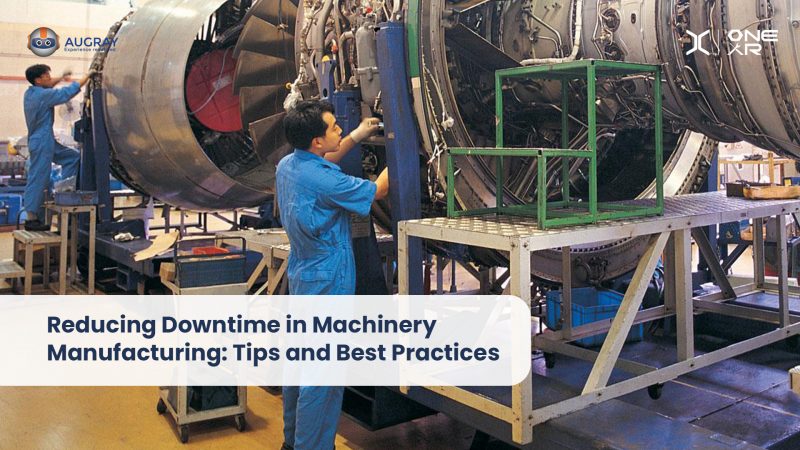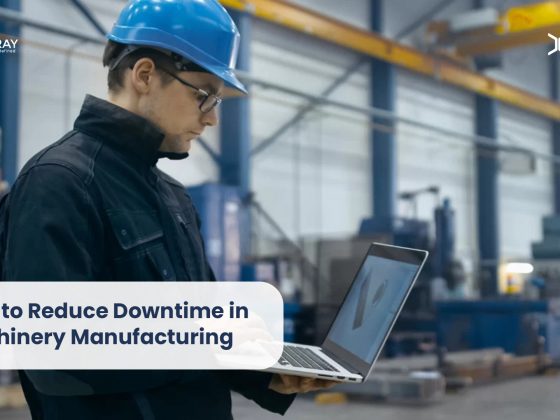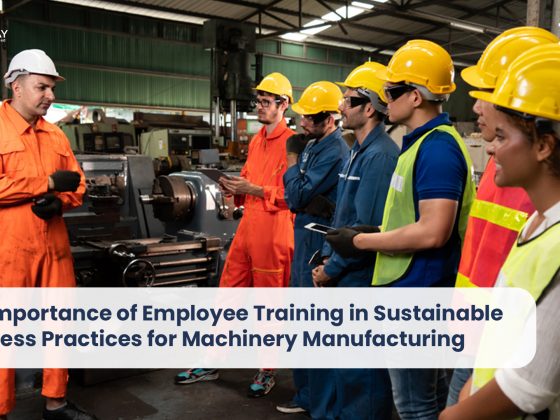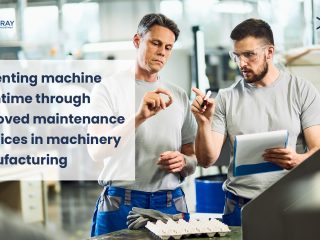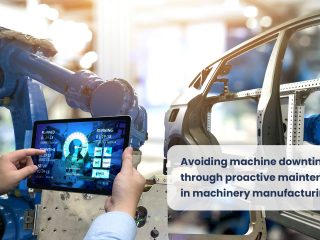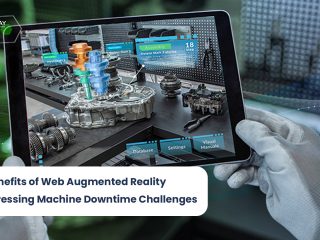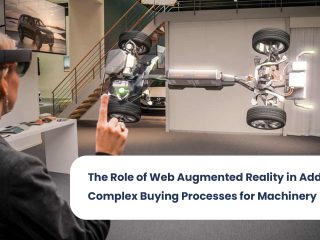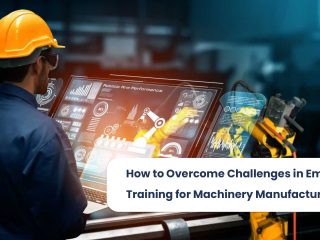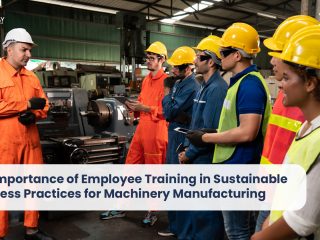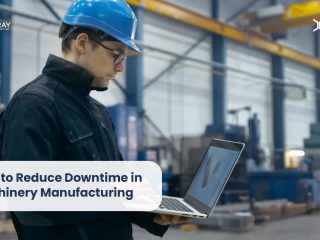Reducing downtime in machinery manufacturing is crucial for improving productivity and minimizing losses. By implementing tips and best practices, such as those related to extended reality (XR) technologies, you can optimize your manufacturing processes and minimize equipment downtime.
Here are real-life examples that demonstrate how XR technologies have been used to reduce downtime in machinery manufacturing:
Here are some examples of how XR can be used to reduce downtime in machinery:
Remote assistance:
In the past, if a worker needed help troubleshooting or repairing machinery, they would have to call a technician to come on-site. This could take hours or even days, and it would mean that the machinery would be down during that time.
With XR, however, the technician can now see what the worker is seeing and provide guidance in real time. This can often fix the problem quickly and easily, without the need for the technician to come on-site.
Example: Thyssenkrupp Elevator, a global elevator manufacturer, introduced an AR-based remote assistance system for maintenance and troubleshooting.
Field technicians wear AR glasses that allow them to stream live video and receive guidance from remote experts. The experts can overlay instructions, diagrams, or annotations onto the technician’s view, enabling real-time collaboration and faster problem resolution.
Predictive maintenance:
XR can be used to collect data from machinery, such as vibration, temperature, and sound levels. This data can then be used to create models that predict when maintenance is needed. This can help to prevent breakdowns, which can cause significant downtime.
For example, if a machine is vibrating more than usual, this could be a sign that it is about to fail. By using XR to collect this data and predict when maintenance is needed, companies can avoid costly downtime.
Example: General Electric (GE) Aviation utilizes XR technologies for predictive maintenance of aircraft engines. GE Aviation’s mechanics use AR headsets to access digital maintenance checklists and work instructions overlaid on the engines.
The AR system also provides real-time data on engine performance, allowing mechanics to identify potential issues early and schedule maintenance tasks, reducing unplanned downtime.
Training:
XR can be used to train workers on how to operate and maintain machinery. This can be done in a safe and controlled environment, without the risk of damaging the actual machinery. For example, a company could use XR to train workers on how to use a new piece of machinery. This would allow the workers to learn how to operate the machinery safely and effectively, without having to risk damaging it.
Example: Volvo Construction Equipment implemented VR-based training for its operators. Using VR simulators, operators can practice operating heavy machinery, such as excavators or loaders, in a virtual environment. This immersive training helps them develop skills and gain confidence, reducing errors and downtime during actual machine operation.
Simulation:
XR can be used to simulate the operation of machinery. This can be used to test new designs or procedures without having to risk damaging the actual machinery. For example, a company could use XR to simulate the production of a new product. This would allow the company to test the production process without having to invest in the actual machinery.
Data Analytics and Performance Monitoring:
Bosch Rexroth, a leading provider of industrial automation solutions, implemented AR-based data analytics for machinery monitoring. Their system combines sensors, AR glasses, and data visualization software to provide real-time insights into machine performance.
Operators can view critical parameters, such as temperature, pressure, and energy consumption, overlaid on their view, enabling them to proactively address issues and prevent downtime.
Enhanced Visualization:
Boeing, a major aerospace manufacturer, uses AR technology for assembly and maintenance tasks. During the assembly of aircraft wiring harnesses, technicians wear AR headsets that overlay digital diagrams and instructions onto the physical components.
This improves accuracy and efficiency, reducing errors and minimizing downtime caused by rework or troubleshooting.
Streamlined Documentation and Knowledge Sharing:
Siemens Energy implemented AR-based documentation and knowledge sharing for gas turbine maintenance. Technicians wear AR glasses that display step-by-step instructions and 3D models overlaid onto the equipment.
This digitized documentation improves accessibility and ensures that technicians have accurate and up-to-date information, reducing downtime caused by delays in finding relevant instructions or procedures.
Continuous Improvement and Feedback Loops:
Ford Motor Company utilizes VR-based feedback loops for improving assembly line processes. Virtual reality simulations allow operators to provide feedback on ergonomics, line layout, and tool accessibility. Ford uses this feedback to make data-driven improvements to their manufacturing processes, reducing downtime caused by inefficiencies or ergonomic issues.
These real-life examples demonstrate the practical application of XR technologies in reducing downtime in machinery manufacturing. By leveraging these technologies, companies have achieved improved maintenance practices, streamlined training, enhanced collaboration, data-driven decision-making, and continuous process improvements, all leading to reduced equipment downtime and increased productivity.
